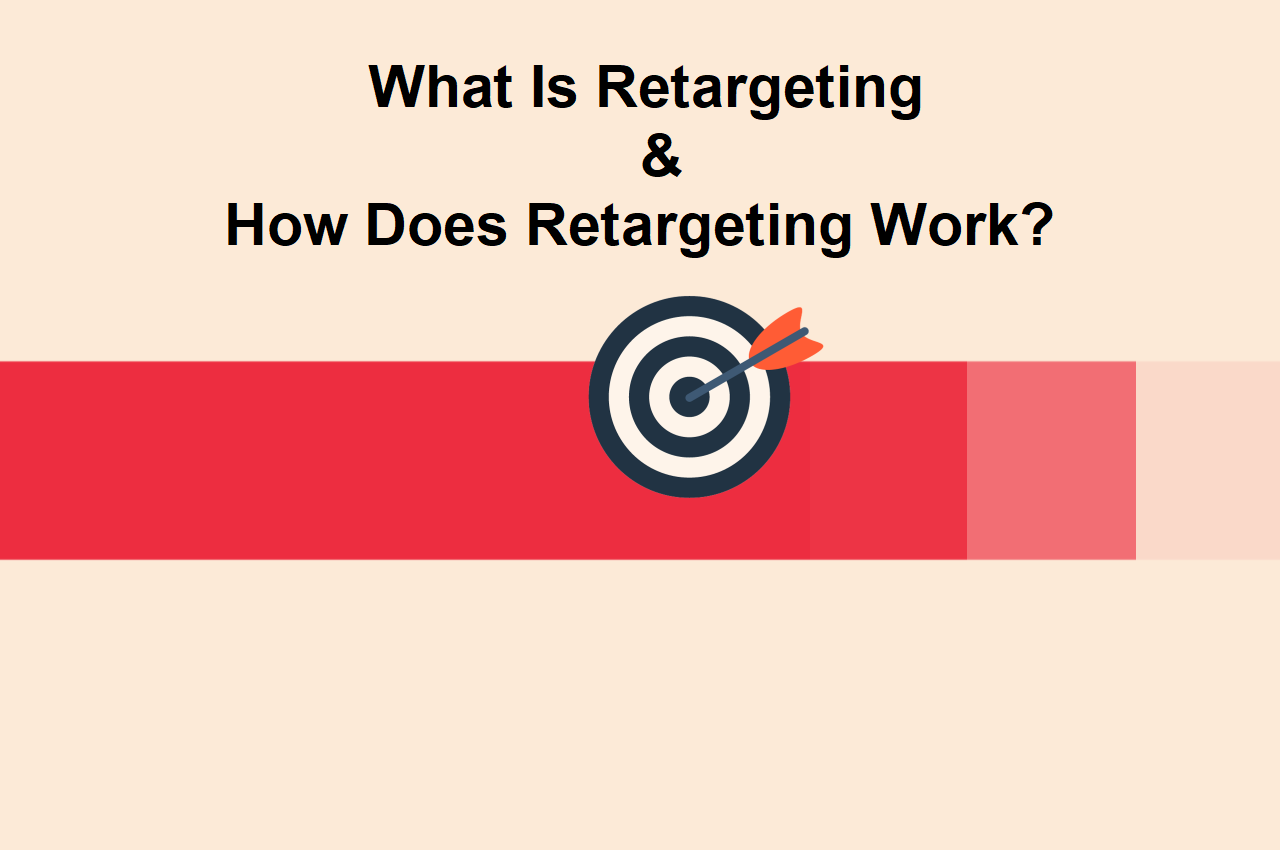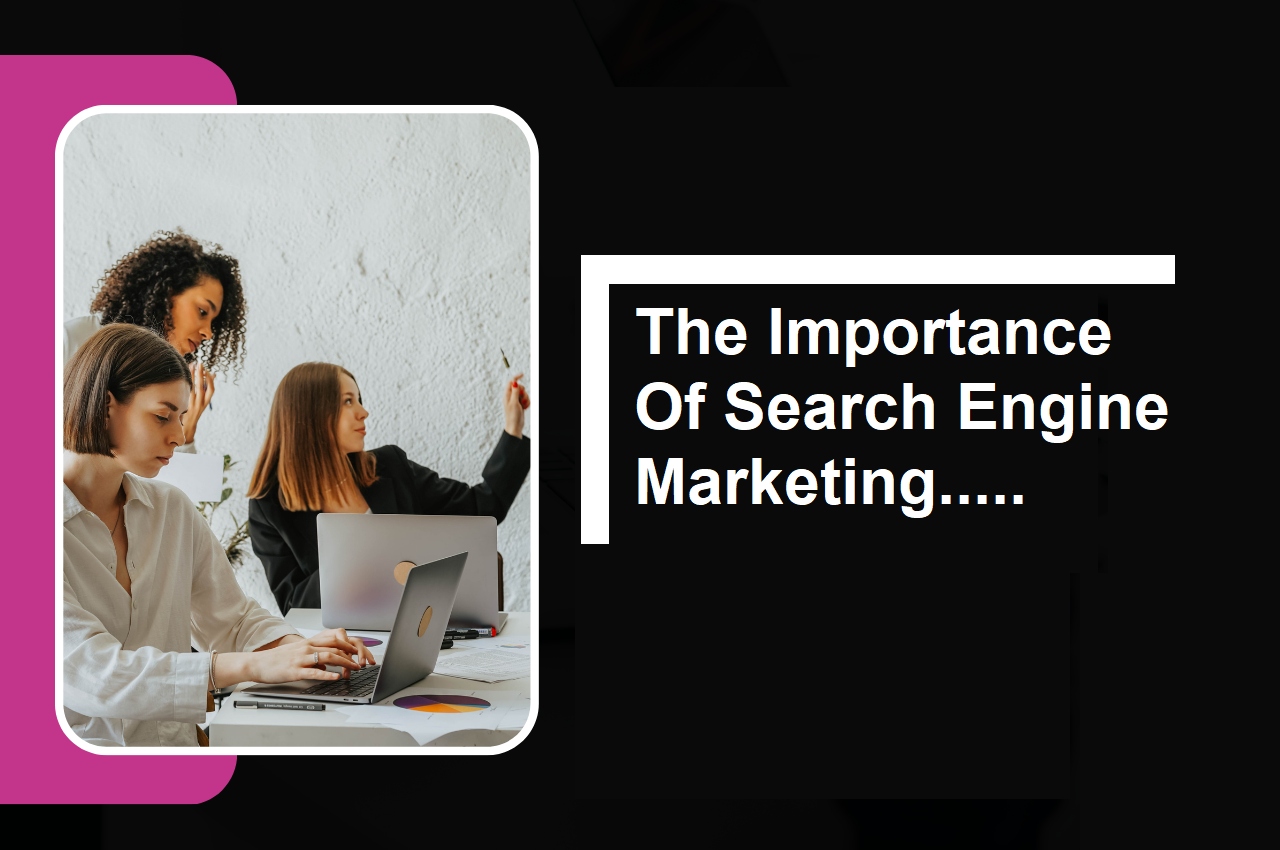What Is Google Ads & How Does Google Ads Work?
Google Ads, formerly known as Google AdWords, is an online advertising platform developed by Google. It is one of the most widely used and powerful advertising systems, allowing businesses to create and display ads within Google’s vast network. Google Ads operates on a pay-per-click (PPC) model, where advertisers bid on keywords relevant to their business, and they are charged only when users click on their ads.
I. Introduction to Google Ads
A. Definition of Google Ads
Google Ads, formerly known as Google AdWords, is a powerful online advertising platform developed by Google. It enables businesses to display ads on Google’s search engine results pages (SERPs) and across the extensive Google Display Network. This comprehensive guide explores the intricacies of Google Ads, from its fundamental concepts to advanced strategies.
B. Evolution of Google Ads
Tracing the evolution of Google Ads from its launch to its current status as a pivotal player in the digital advertising landscape.
II. Fundamentals of Google Ads
A. Core Components
- Ad Campaigns: Creating structured campaigns to achieve specific business objectives.
- Keywords: Selecting relevant keywords to trigger ad displays.
- Ad Groups: Organizing ads based on thematic relevance.
B. Types of Google Ads
- Search Ads: Text-based ads displayed on Google’s search engine results.
- Display Ads: Visual ads shown across websites within the Google Display Network.
- Video Ads: Engaging users through video content on YouTube and partner sites.
III. How Google Ads Works
A. Auction System
- Keyword Bidding: Businesses bid on keywords relevant to their products or services.
- Quality Score: A metric that determines ad relevance and landing page quality.
- Ad Rank: The position of an ad on the SERP based on bid and Quality Score.
B. Ad Formats and Extensions
- Expanded Text Ads (ETA): Creating compelling text-based ads with expanded character limits.
- Ad Extensions: Enhancing ad visibility and providing additional information.
IV. Creating a Google Ads Campaign
A. Setting Objectives
- Defining Goals: Identifying specific objectives for the campaign.
- Target Audience: Understanding and segmenting the target audience.
B. Keyword Research
- Keyword Selection: Choosing relevant keywords aligned with campaign goals.
- Negative Keywords: Excluding irrelevant search queries to improve targeting.
V. Ad Creation and Optimization
A. Compelling Ad Copy
- Headlines and Descriptions: Crafting attention-grabbing text elements.
- Ad Creative: Designing visually appealing display and video ads.
B. Ad Testing
- A/B Testing: Experimenting with different ad variations to identify the most effective elements.
- Responsive Search Ads: Utilizing dynamic ad content for optimal performance.
VI. Budgeting and Bidding Strategies
A. Budget Allocation
- Daily Budgets: Setting limits on daily ad spend.
- Bid Strategies: Choosing automated or manual bidding based on campaign goals.
B. Ad Scheduling
- Dayparting: Optimizing ad display based on specific times of the day or days of the week.
- Bid Adjustments: Modifying bids for specific time periods or demographics.
VII. Measurement and Analytics
A. Key Performance Indicators (KPIs)
- Click-Through Rate (CTR): Measuring ad engagement.
- Conversion Rate: Evaluating the effectiveness of ads in driving desired actions.
B. Google Analytics Integration
- Tracking Conversions: Setting up goals and tracking conversions in Google Analytics.
- Attribution Models: Understanding the impact of different touchpoints on conversions.
VIII. Advanced Google Ads Strategies
A. Remarketing
- Dynamic Remarketing: Displaying personalized ads based on user behavior.
- Customer Match: Targeting ads to specific customer segments.
B. Local Campaigns
- Google My Business Integration: Optimizing ads for local businesses.
- Location Extensions: Adding geographical information to enhance local visibility.
IX. Challenges and Troubleshooting
A. Ad Disapprovals
- Policy Violations: Addressing common issues leading to ad disapprovals.
- Resubmission Strategies: Rectifying disapproved ads and re-submitting them.
B. Quality Score Optimization
- Landing Page Relevance: Ensuring landing pages align with ad content.
- Keyword Relevance: Regularly updating keywords for improved relevance.
X. Future Trends in Google Ads
A. Machine Learning Integration
- Smart Bidding: Harnessing machine learning for automated bidding strategies.
- Ad Suggestions: AI-generated ad content recommendations.
B. Visual Search and AR Integration
- Visual Search Ads: Adapting to the rise of visual search.
- Augmented Reality (AR) Ads: Exploring immersive advertising experiences.
XI. Conclusion
A. Recapitulation
Summarizing the key concepts covered in the guide, providing a comprehensive understanding of Google Ads.
B. Looking Ahead
Anticipating the future developments and innovations in Google Ads, urging marketers to stay abreast of emerging trends.
C. Final Thoughts
Closing thoughts on the enduring significance of Google Ads as an indispensable tool for businesses navigating the digital advertising landscape.


